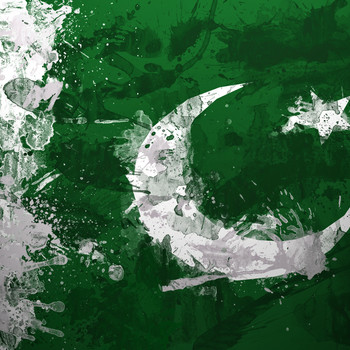How is urine produced in the kidneys?
1 Answer
Urine is produced and processed in functional and structural units of the kidney that are nephrons.
Explanation:
Nephron filters the blood then it reabsorbs all the useful substances from that filtrate and removes the rest(wastes and water) in the form of urine.
Following steps are involved in formation of urine in nephron:
Ultrafiltration
- Blood enters the nephron through afferent arteriole and flows into the glomerulus.
-
Now this blood has both filterable blood components and non-filterable blood components. The walls of glomerulus are porous which provide necessary filtration pressure.
-
Filterable blood components i.e water, nitrogenous waste, nutrients and salts(ions) move toward the inside of the glomerulus and take a plasma like form called glomerular filtrate .
-
On the other hand, non-filterable blood components bypass the filtration process by exiting through the efferent arteriole.
-
Glomerular filtrate essentially contains
#color(red)"glucose, "# #color(red)"amino acids, water, sodium chloride, potassium,"# #color(red)"bicarbonate ions, creatinine and urea"# when it leaves glomerulus and enters PCT.
 )
)
Reabsorption
Reabsorption means the movement of stuff from glomerular filtrate back into the blood. Reabsoprtion occurs next to filtration. In this process, several components of the glomelular filtrate that are vital for body functioning are transferred back to the blood. It takes place in PCT, Loop of henle, DCT and collecting duct.
- Proximal convoluted tubule:
Here maximum reabsorption of filtrate contents takes place.#PCT# reabsorbs nearly all the useful constituents from glomerular filtrate. It reabsorbs potassium#(K^+)# #65%# sodium cloride#(NaCl)# ,#65%# water#(H_2O)# ,#90%# bicarbonate ions#(HCO_3^-)# , about#100%# glucose and about#100%# amino acids. -
Loop pf Henle:
The descending limb of loop of henle is highly water-permeable and it reabsorbs the water while ascending limd reabsorbs#25%# of sodium chloride. -
Distal convoluted tubule:
It reabsorbs#5%# of sodium chloride and as water follows sodium dur to osmotic gradient so some water is also reabsorbed in this part of nephron. -
Collecting duct:
In collecting duct,#5%# filtered sodium chloride is absorbed and hence small amount of#H_2O# is also reabsorbed. Also some urea is reabsorbed in the collecting duct.
Secretion
Secretion involves the movement of content from blood into the nephron. It is caused mainly by active transport and passive diffusion. Usually only a few substances are typically waste products and hence they are secreted into lumen of urinary tubules by tubular epithelium from where they would be excreted from the body. Secretion takes place in following parts of nephron:
-
Proximal convoluted tubule:
A nitrogenous waste product i.e urea along with several organic acids are secreted in PCT. -
Distal convoluted tubule:
Small amounts of hydrogen ions#(H^+)# and potassium ions#(K^+)# are secreted in DCT.
The hydrogen ions balance the#pH# of filtrate passing through tubules. -
Descending loop of henle:
Small amount of urea is also secreted in descending limb of loop of henle.
 )
)
Excretion
It is not one of the step of urine formation. Rather it involves the removal of formed urine from the kidneys. In this step the stuff that remains in glomerular filtrate after being passed from tubular structures of nephron is collected in the last part of nephron i.e collecting duct from where it is excreted as urine.
Urine mainly constitutes water
Hope it helps...

